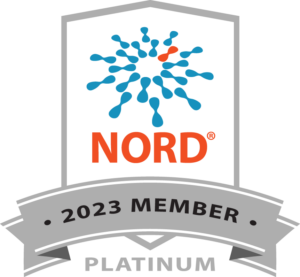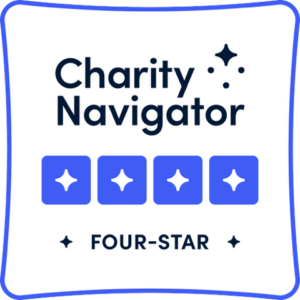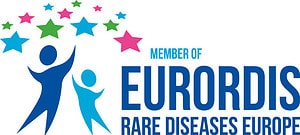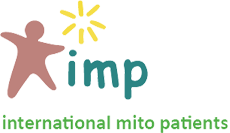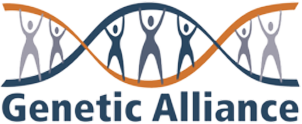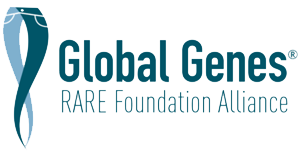One of the great scientific discoveries of the 20th century is the extraordinary similarity among all living species at the molecular level, despite the extreme diversity of their appearance and habits. An especially surprising example was the 1980s finding that nearly all animals share a common small set of genes and molecular pathways that guide embryonic development from the fertilized egg. It did not have to turn out this way!
Aside from corroborating the descent of all living things from a single common ancestor, these results have great practical importance for human medicine. Experimental study of biological processes in humans, such as embryonic development, inheritance and many others, especially at the molecular level, is often difficult to impossible. Our long generation times and small family sizes make genetic research extremely slow, and many of the experimental manipulations one might like to do (amputating appendages and the like) are slow, expensive, and/or unethical. Much faster progress is possible if one can identify a so-called model species, in which: (a)generation time is short; (b) large numbers of individuals can be cheaply obtained; (c) ethical barriers to experimentation are minimal; and,(d) ideally, the process in question is similar to, but less complex than, the human equivalent.
A leading model species, for over 100 years, has been the common fruit fly, Drosophila melanogaster. It is easily reared in vast numbers in captivity, with a typical generation time of two weeks or less. Most fundamental aspects of human genetics were first discovered in Drosophila; genetically speaking we are pretty much just souped-up fruit flies. About 75% of all genes involved in human diseases have an unambiguous counterpart in Drosophila, where they perform similar but generally fewer normal functions. With the astounding current technology, one can construct a fly strain of essentially any desired genetic makeup, producing a close analog to a selected human disease. Detailed experimentation on this model can then yield strong clues about what goes wrong in the disease, and how it might be fixed. Fly models are now part of the research on many chronic disorders, including, recently, mitochondrial disease.
This study uses a Drosophila model to address a fundamental mystery in mitochondrial medicine, the extreme variability of symptoms among patients with ostensibly the same disease. The paper centers on Complex I deficiency, the most common childhood mitochondrial disease broadly defined, which takes on many forms including Leigh’s syndrome. The authors focus in particular on defects in one component of Complex 1 that is often involved in disease, namely the nuclear gene NDUFS1. Pathogenic NDUFS1 mutations typically result in severe leukoencephalopathy (degeneration of white matter in the brain) and death by the age of two, but some children with NDUFS1 complex I deficiency have much milder symptoms.
To model the reasons for this difference, the authors constructed two contrasting fly strains, using a gene repression technique called RNAi, one with severe, the other with mild, NDUSFS1 deficiency. These strains were compared on a long list of potential types of dysfunctions, all of which have counterparts in human Complex 1 disease symptoms. The differences turned out to correspond closely, at the genetic and functional levels, to those between severe and mild cases in humans.
The human-medical realism of the fly model is thus validated in this initial study. Therefore, the authors can now confidently go on to use it in probing the probable causes and potential solutions for the drastic symptoms of the typical, severe form of human NDUSFS1 deficiency.




